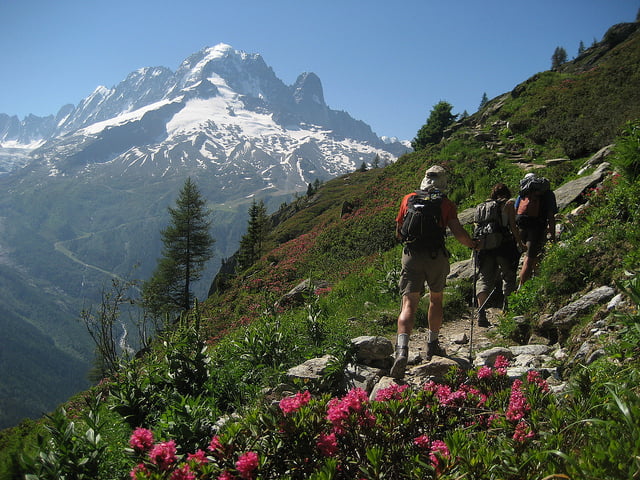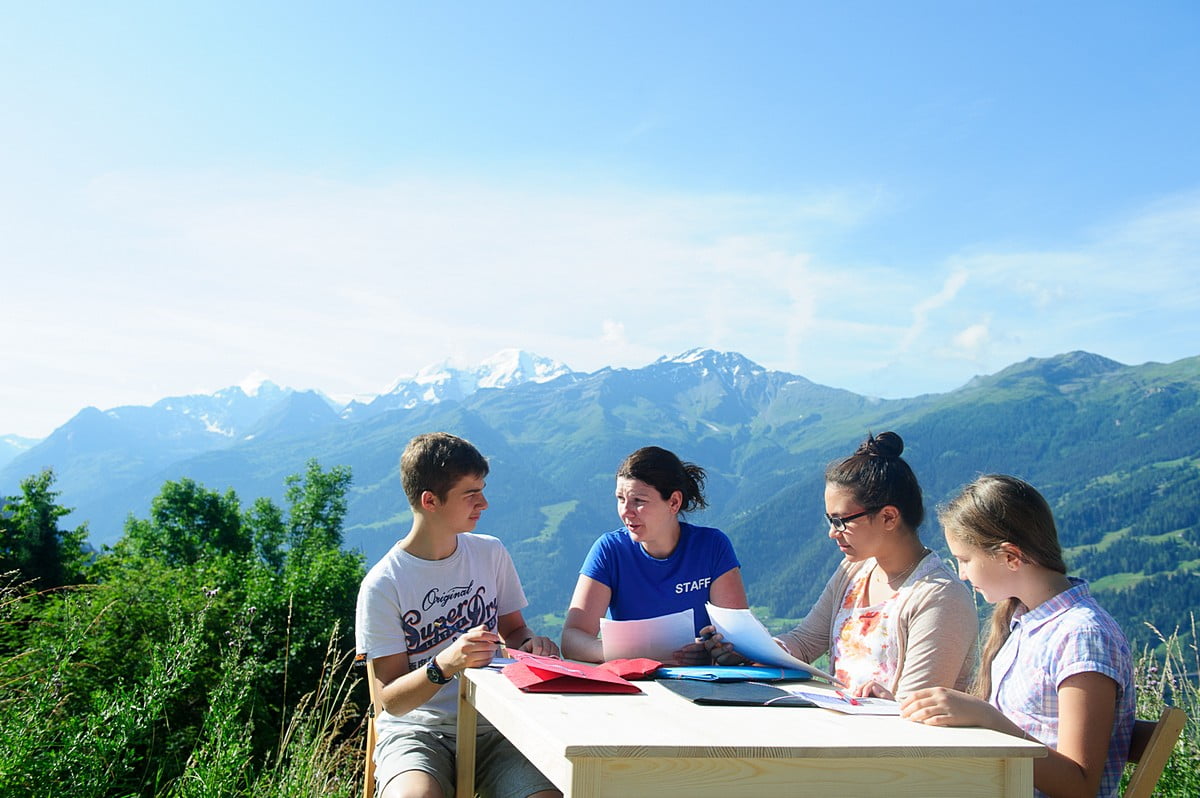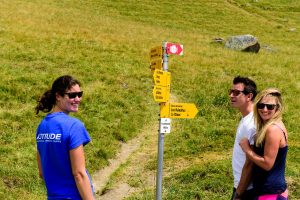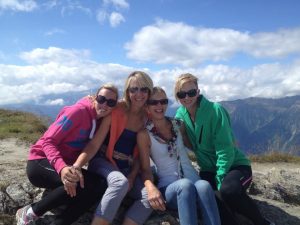Summer activities on offer in Chamonix
This beautiful location is ideal for enjoying the wonderful mountain views. You can ascend in a scenic cable car ride up to the peaks and view the Aguille du Midi, at 3842, or check out the Pointe Helbronner on the Italian border. For the adventurous, Chamonix offers a host of activities from hiking and climbing to cycling and Via Ferrata, with options ranging from beginner to expert! On a rainy day, or to cool off on a hot day, you can enjoy a Water Rafting experience. Heading down the grade 2 Arde River, it is a fantastic way to test out the rapids. Don’t worry, there are some warm showers at the end in case you get cold! From EUR 39 for a family of 5, and available for adults and children from ages 8+, it is a great way to have fun together. You can find booking information here.
Enjoy heights? Then “Step Into The Void” with Chamonix (and potentially Europe’s!) highest attraction! This glass room has a glass floor, ceiling and walls, offering you panoramic views of the area. At 3842m, it is a long way down with 1000m of air underneath you! Access is free if purchasing the lift pass for the Aguille du Midi so it is definitely worth a stop.
If an animal lover, you may enjoy some of the attractions to experience the local fauna. The Merlet Animal Park is a lovely nature reserve that allows animals to roam free and is a great way to see Chamois, Deer, Ibex, Marmots and more. You can find more information here.
On a rainy day, or to cool off on a hot day, you can enjoy a Water Rafting experience. Heading down the grade 2 Arde River, it is a fantastic way to test out the rapids. Don’t worry, there are some warm showers at the end in case you get cold! From EUR 39 for a family of 5, and available for adults and children from ages 8+, it is a great way to have fun together. You can find booking information here.
Enjoy heights? Then “Step Into The Void” with Chamonix (and potentially Europe’s!) highest attraction! This glass room has a glass floor, ceiling and walls, offering you panoramic views of the area. At 3842m, it is a long way down with 1000m of air underneath you! Access is free if purchasing the lift pass for the Aguille du Midi so it is definitely worth a stop.
If an animal lover, you may enjoy some of the attractions to experience the local fauna. The Merlet Animal Park is a lovely nature reserve that allows animals to roam free and is a great way to see Chamois, Deer, Ibex, Marmots and more. You can find more information here.



